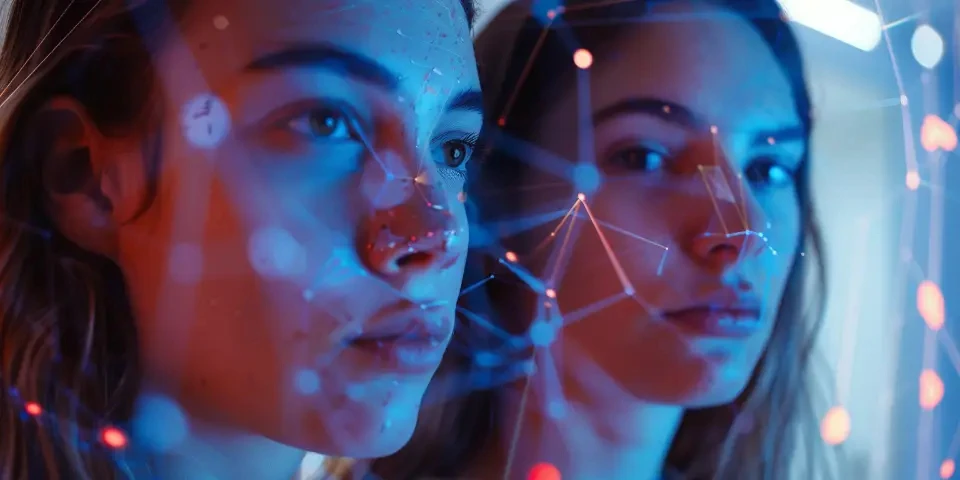Unveiling the Secrets of AI Art Exploring the World of Neural Style Transfer
In recent years, Artificial Intelligence (AI) has revolutionized the world of art, particularly through a technique called Neural Style Transfer (NST). This innovative approach utilizes deep learning algorithms to merge the content of one image with the style of another, creating mesmerizing and unique artworks. In this article, we delve into the mysteries of AI art and explore the fascinating world of Neural Style Transfer.
The Basics of Neural Style Transfer
Neural Style Transfer is based on the concept of convolutional neural networks (CNNs), a type of deep learning algorithm. These networks have the ability to extract features from images and process them in a way that captures the underlying style and content. By combining the features of two different images, NST achieves the seamless merging of content and style.

One popular method used for Neural Style Transfer is the Gatys et al. algorithm, which separates the style and content of images into separate feature maps. The content representation is then matched with the style representation to create a new image that reflects both aspects.
The Role of Deep Learning in AI Art
Deep learning plays a crucial role in AI art, as it enables machines to learn and recognize intricate patterns and styles. Through training on large datasets, deep learning models can understand the aesthetic qualities of different art styles, allowing them to generate unique compositions that mimic the works of famous artists or even create entirely new artistic styles.
Many deep learning frameworks, such as TensorFlow and PyTorch, offer pre-trained models specifically designed for Neural Style Transfer. These models can be used to generate AI art with ease, providing artists and enthusiasts with a powerful tool to unleash their creativity.
Applications and Impact of AI Art
The applications of AI art are vast and varied. It has found its way into various industries, including advertising, fashion, and even interior design. AI-generated artworks can be used to create visually stunning advertisements, design fashionable clothing patterns, or generate unique decor for homes and offices.
Furthermore, AI art has also sparked debates about the role of AI in the creative process. Critics argue that AI-generated art lacks the human touch and emotional depth, while proponents believe that it opens up new avenues of creativity and artistic expression.
Challenges and Limitations of Neural Style Transfer
While Neural Style Transfer offers exciting possibilities, it also comes with its own set of challenges and limitations. One major limitation is the computational cost of generating high-quality AI art. The complex algorithms and extensive computations required for NST can be time-consuming and resource-intensive.
Additionally, NST sometimes struggles with preserving the fine details of the content image, resulting in a loss of fidelity. Certain styles may also be more challenging to transfer accurately, leading to inconsistent or unrealistic outcomes.
Exploring Tools and Software for Neural Style Transfer
Several tools and software have been developed to facilitate Neural Style Transfer for artists and enthusiasts. One popular tool is DeepArt.io, a web-based platform that allows users to upload their images and apply various art styles. With an intuitive interface and a wide range of options, DeepArt.io provides a user-friendly experience for creating stunning AI art.
For more advanced users, frameworks like TensorFlow and PyTorch offer extensive libraries and pre-trained models for Neural Style Transfer. These frameworks provide greater control and customization options, allowing users to experiment with different algorithms and tweak parameters to achieve desired results.
Frequently Asked Questions
1. Can AI art replace traditional art forms?No, AI art cannot replace traditional art forms. While AI can produce impressive and unique artworks, traditional art forms hold a special place in human culture and convey emotions and experiences that AI cannot replicate.
2. Is Neural Style Transfer only limited to images?Initially developed for images, Neural Style Transfer has been extended to other domains such as video and even three-dimensional models. This expansion opens up exciting possibilities for AI art in various mediums.
3. Can Neural Style Transfer be used for non-artistic purposes?Absolutely! Neural Style Transfer has practical applications beyond the art world. It can be utilized for image editing, generating personalized avatars, or even enhancing the visual appeal of websites and applications.
References
1. Gatys, Leon A., et al. "A Neural Algorithm of Artistic Style." arXiv preprint arXiv:1508.06576 (2015).
2. DeepArt.io - AI Art for Everyone.
3. TensorFlow - An Open-source Machine Learning Framework.
Explore your companion in WeMate